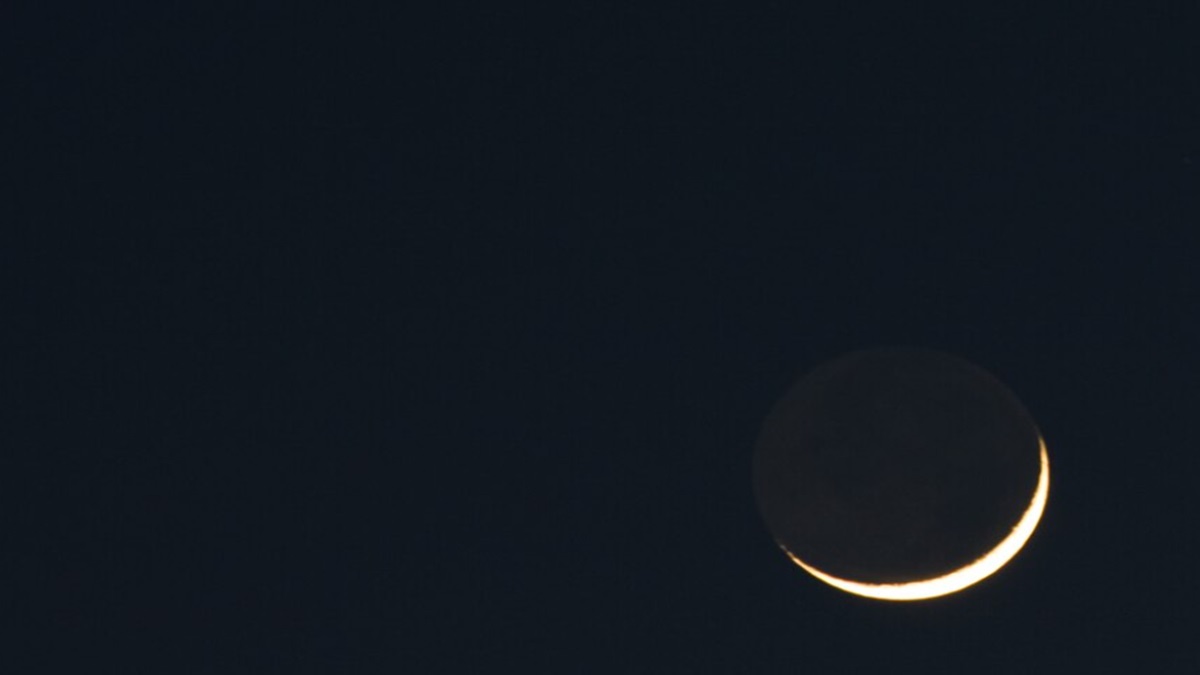As we gear up for 2024, get ready for some celestial shows! We're talking about solar and lunar eclipses. In the coming year, we've got a double dose of each: two solar eclipses and two lunar eclipses lined up. Let's take a look at date and time of these solar and lunar eclipses below.
Solar Eclipses in 2024
First solar eclipse of the year 2024: On April 8, 2024, get ready for the celestial show of the year with the first solar eclipse! It will kick off at 9:12 pm and gracefully exit the stage at 1:25 am Indian time. Buckle up for a mesmerizing total duration of 4 hours and 39 minutes.
Sutak period: For those wondering about the Sutak period, here's the scoop. This eclipse is going to paint the skies over South-West Europe, East Asia, Australia, Africa, North and South America, the Pacific and Atlantic Oceans, the North and South Poles. However, India won't be in the cosmic spotlight this time. Since it's not visible in India, the Sutak period won't be a concern for those enjoying the eclipse from this part of the world. So, sit back, relax, and enjoy the celestial spectacle without any eclipse-related rituals to fret about in India.
Second solar eclipse of the year 2024: The second solar eclipse of the year 2024 will take place on the night of 2 and 3 October. According to Indian time, the second solar eclipse of the year 2024 will start at 9:13 pm on October 2 and will end at 3:17 pm. This way the total duration of the second solar eclipse will be 6 hours and 4 minutes.
Sutak period: The second solar eclipse of the year 2024 will be visible in America, some parts of South America, Pacific and Atlantic Ocean, South Pole. it will also not be visible in India. Therefore, the Sutak period of this solar eclipse will also not be considered.
Lunar Eclipses in 2024
In 2024, 2 lunar eclipses will take place. The first one is set for March 25, followed by the second on September 18. They will be completely visible over the western parts of Africa and Europe, as well as South and eastern North America. For those in the rest of North America, it'll be a rising spectacle, while those in the rest of Africa and Europe will witness a stunning lunar descent.
Will lunar eclipses be visible in India?
These lunar eclipses won't be gracing our skies. So, just like with the solar eclipses, there's no need to worry about the Sutak period here. It's all about enjoying the cosmic show from a distance.
What are Solar and Lunar Eclipses?
A solar eclipse occurs when the Moon passes between the Earth and the Sun, temporarily blocking all or part of the Sun's light. This astronomical event happens only during a new moon when the Sun, Earth, and Moon align in a straight line or close to it. There are three main types of solar eclipses: total, partial, and annular.
- Total Solar Eclipse: This occurs when the Moon completely covers the Sun, casting a shadow on Earth and turning day into night for a brief period within the eclipse's path.
- Partial Solar Eclipse: In a partial solar eclipse, the Moon only partially covers the Sun, creating a celestial spectacle where a portion of the Sun appears to be "bitten."
- Annular Solar Eclipse: An annular eclipse happens when the Moon is too far from Earth to completely cover the Sun. This results in a ring-like appearance, or "ring of fire," around the edges of the Sun.
A lunar eclipse occurs when the Earth comes directly between the Sun and the Moon, causing the Earth's shadow to be cast on the Moon's surface. There are three main types of lunar eclipses: total, partial, and penumbral.
- Total Lunar Eclipse: During a total lunar eclipse, the Earth's umbra (the central, darkest part of its shadow) completely covers the Moon. The Moon can take on a reddish hue, often referred to as a "blood moon," due to the Earth's atmosphere filtering and refracting sunlight onto the lunar surface.
- Partial Lunar Eclipse: In a partial lunar eclipse, only a portion of the Moon passes through the Earth's umbra, leading to a partial darkening of the lunar surface.
- Penumbral Lunar Eclipse: A penumbral lunar eclipse occurs when the Moon passes through the Earth's penumbra (the outer part of its shadow). This type of eclipse is subtle, and the moon may appear slightly dimmed.

